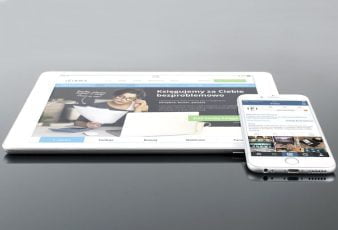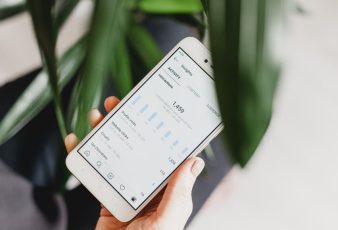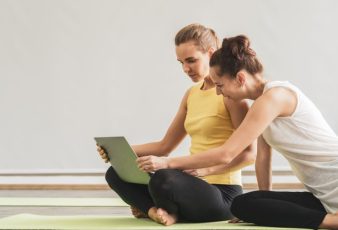Keeping your personal information safe is crucial, and one way to achieve this is by refraining from sharing it on social media.
Sharing on social media involves a trade-off between connection and protection, as the more you share, the greater the risk of having your personal information stolen.
If you are posting personal information online, do it correctly and follow the safety rules. Now we will talk about how I stay safe on Instagram and other social networks.
How Can You Protect Your Information When Using Social Media?
#1 Use Two-Factor Authentication
You can’t rely solely on two-factor authentication, but it does add a robust layer of security to your social media accounts. You don’t have to believe us, just follow Instagram head Adam Mosseri’s monthly reminder.
#2 Avoid Strangers
You’ve probably heard it countless times, but it still holds true: only accept followers and friend requests from individuals you personally know. If you’re in the process of building a public persona, it’s worth considering the creation of a separate account.
Even if you exercise caution with your own posts, your friends can still see what others write about you. With a little deduction, any of your friends can easily discover your date of birth and scrape your friends list for information about you.
#3 Use a VPN
How strong is Instagram security? As much as possible on their part. Is it Instagram’s fault if it offers 2FA and other security settings, but you’re too lazy to use them? Just do the right thing on your part and your social networks will be safe.
You can even unblock Instagram if it’s not available in your country. If you want to get back to Instagram, just install a VPN. You need a good VPN service that can fool the social network filter. I personally know that VeePN works and has a free trial period. I haven’t checked other services, you can install VeePN or try to find something else.
#4 Adjust your Privacy Settings
Always ensure to check the default privacy settings on the social media platforms you use. Most social media platforms have default privacy settings that may allow them to share your information with other online users. By adjusting these default privacy settings, you can limit the amount of information that the social media site shares with other users without your knowledge.
#5 Create Strong Passwords
You should prioritize making your passwords as secure as possible since they serve as the primary defense against hackers. Start with the basics and avoid using obvious choices like “password,” your username, or easily discoverable information like your anniversary. These options are not only insecure but can also reveal personal details such as your birthday or phone number along with the password.
In general, a strong password is a long one. Each password should consist of at least 12 characters, ideally closer to 16. The more characters you add, the exponentially more difficult it becomes for someone to crack your password. Another tip is to use Edge VPN by VeePN to prevent password interception and subsequent account hacking. The next rule concerns uniqueness; each site needs a unique password.
#6 Limit Access
Keeping your social accounts secure is crucial, and one effective way to do so is by limiting access. While external threats may be a concern, it’s important to acknowledge that data breaches can also originate from within your organization. Even if you have dedicated teams handling social media messaging, post creation, or customer service, everyone doesn’t have to possess the passwords to your social accounts.
Implementing a system that allows you to revoke account access when someone leaves your organization or changes roles is essential. For more information on how this process works, refer to the Tools section below.
https://www.linkedin.com/pulse/enhancing-online-security-outsmarting-hackers-malware-mahesh-awale
#7 Logout of Unrecognized Devices and Sessions
On social networking sites like Facebook, Instagram, Pinterest, and LinkedIn, you can view active account logins from all around the world. If you haven’t done this before, it’s important to recognize all the logins, such as on your own laptop and phone. If you don’t recognize them, you should sign out of all open sessions. You’ll need to sign back in later, but it’s worth the extra effort.
Even if you’re familiar with responsible use of social media, it’s crucial to pay attention not only to the network itself but also to the security of your devices and the precautions you take when you’re not logged in.
Conclusion
Take control of your social media security. You no longer need to ponder between having an account with numerous connections, friends, sharing, and information, or one with enhanced protection. Enhance the security of your social media accounts today and prioritize your online safety.
Read Also:





























